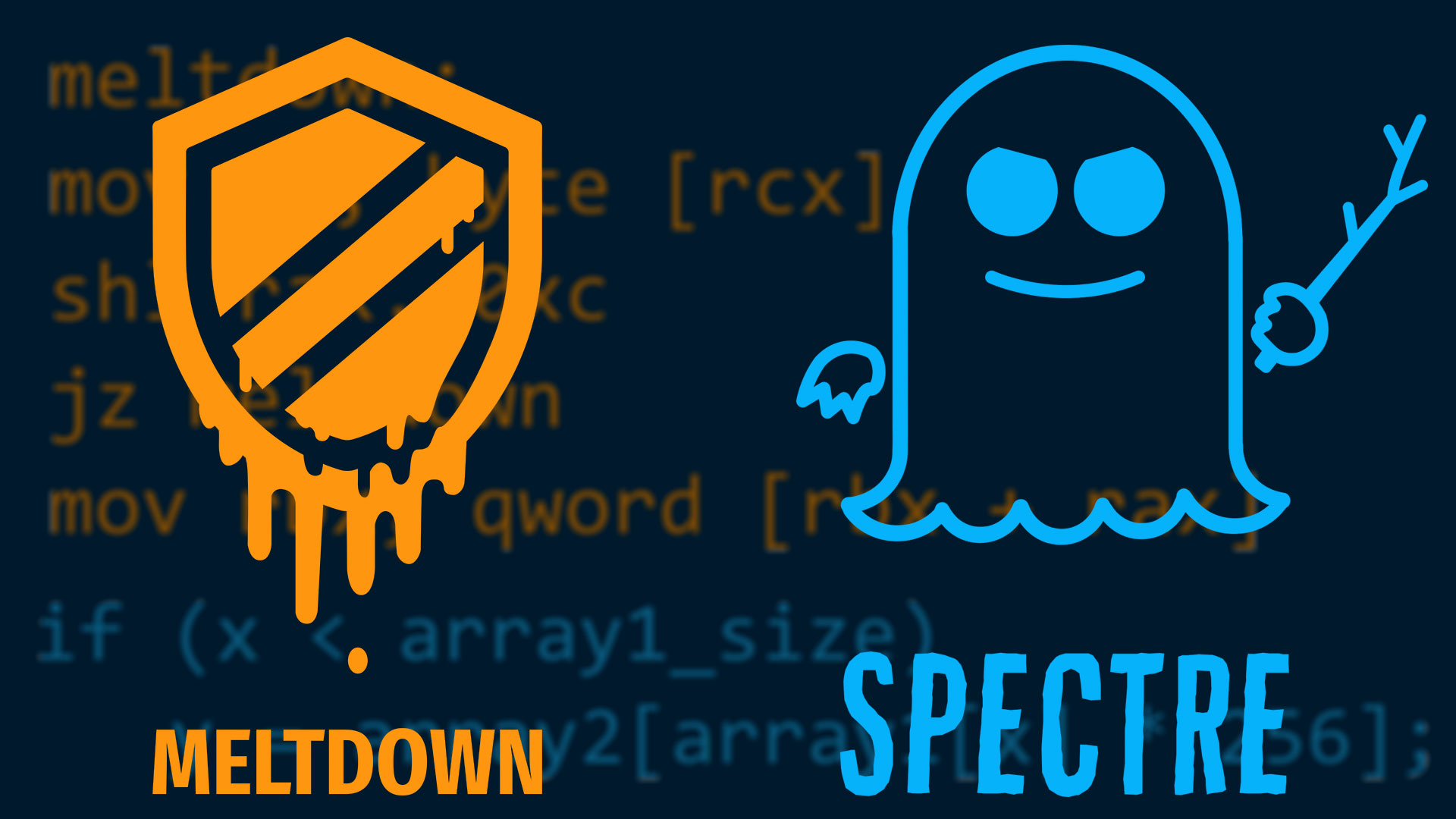

Who is vulnerable?Įvery device that uses Intel, AMD, or AMR processors – which is nearly every networked device from computers to mobile phones to some baby monitors. However, as history has shown, proof-of-concept attacks – once publicized – are quickly operationalized by bad actors. They have not been observed in the wild there is no weaponized version at this time. It is important to note that these flaws and exploits are purely proof-of-concept.
SPECTRE MELTDOWN CODE
A malicious ad hosting Spectre JavaScript code could break the isolation barriers browsers use to keep different websites or ads from reading information in another website or ad. The danger from Spectre is magnified due to the functionality and volume of advertisements on websites. It leaks the victim’s information via a side channel to the hacker. Specter more or less tricks programs, including web-browsers, into accidentally revealing information that would not normally be accessible. It exploits not only Intel processors, but AMD and ARM as well.

Spectre is more difficult to exploit, but also more dangerous as it can be executed via web exploit (such as malvertising). As such, either a hacker with remote access to the local system with sufficient privileges or an authorized user is necessary to successfully carry-out the attack.

While web-based attacks using JavaScript are possible, a successful Meltdown attack requires local access to the target system in order to execute code.
SPECTRE MELTDOWN FULL
Thus resulting data loss, even if the full execution never occurs. While the processor does check to see if an invalid memory access occurred, it performs the check after the initial execution that pulls from the cache. It allows a normal program to read the operating system’s private memory, which a normal program should not be allowed to do. Meltdown primarily exploits the memory cache in Intel processors.

Both Meltdown and Spectre exploit these functions. For example, a web-browser is designed to allow multiple webpages to run in parallel (including multiple ads on a page), but prevent each respective page from seeing or knowing about the other. To ensure confidentiality between parallel running programs, engineers built in isolation to prevent one program from seeing what the other program is doing. Think of it as getting a head-start and if it turns out to be wrong it simply stops. Speculative execution – to keep it simple – enables a processor to execute commands or programs without all the information, but with enough confidence to launch. To improve performance, processors perform speculative execution. Second, processors are designed to allow multiple programs to run at the same time or in parallel. By having it cached it is able to execute faster. The purpose of this is to improve performance in the future as it is expected that what a program did once it will do again. First, the processor caches previously performed actions or instructions performed by a program. There are essentially two functions that are being exploited. Meltdown and Spectre are two techniques researchers have discovered that circumvent those protections, exposing nearly any data the computer processes, such as passwords, proprietary information, or encrypted communications. This data has powerful protections to prevent it from being interfered with or even observed by other processes and applications.
SPECTRE MELTDOWN SOFTWARE
In modern architectures, there are inviolable spaces where data passes through in raw, unencrypted form, such as inside the kernel, the most central software unit in the architecture, or in system memory carefully set aside from other applications. Outside of the software residing on a computer, the problem resides on the CPU itself. Security researchers discovered that there are security bugs in the kernel of nearly every computer system that is capable of being exposed and exploited referred to Meltdown and Spectre.


 0 kommentar(er)
0 kommentar(er)
